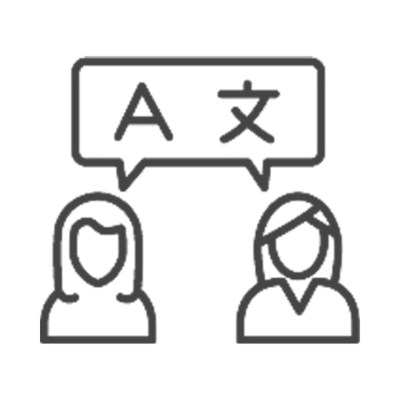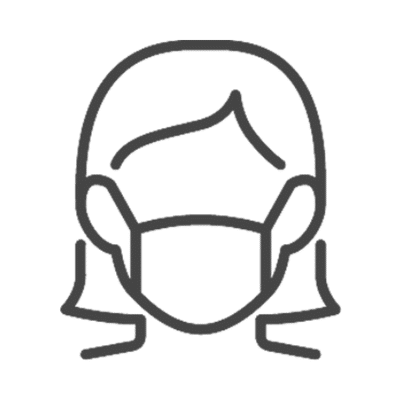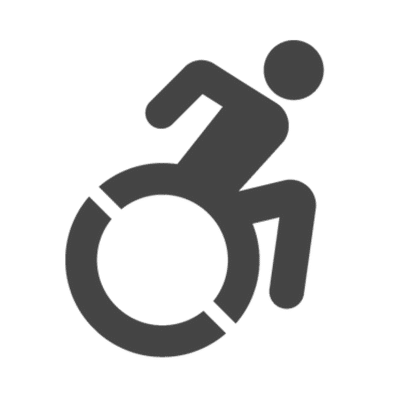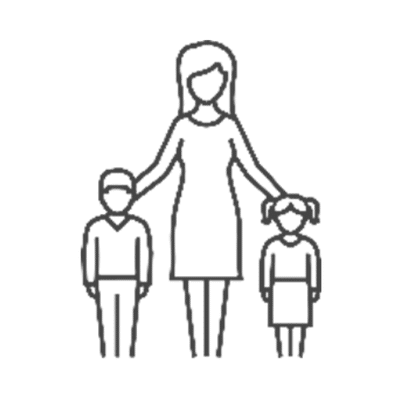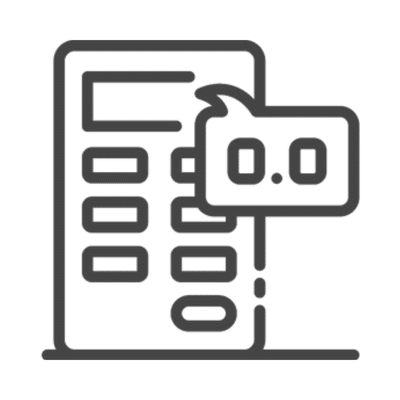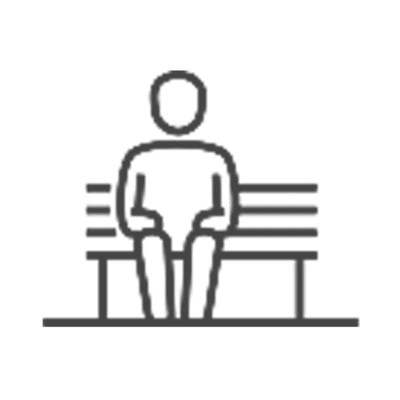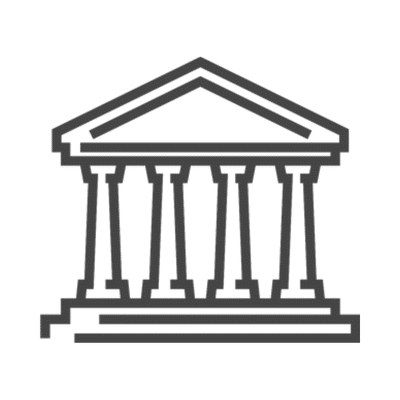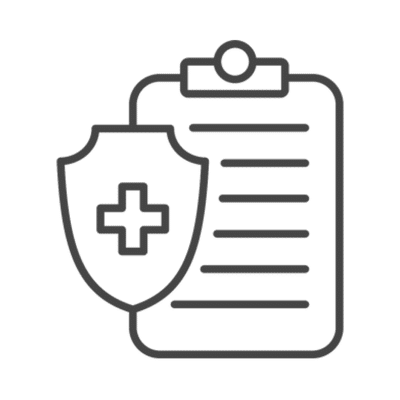Explore Priority Populations
What is a Priority Population?
Priority populations represent diverse groups, communities, demographics, identities, statuses, and lived experiences. Using a priority populations lens helps us identify populations of interest, lift up important underserved populations, and help root in equity and justice. Explore more on Community Commons
In health impact assessments, priority populations include groups that are affected by a policy, program, or project, and have a stake in the decision. HIAs may give special consideration to affected population groups or do some special analysis of impacts to them. The HIA process may include targeted outreach and engagement to affected populations and other community stakeholders.
HIAs on this site are filterable and discoverable by Priority Population. Learn More
Explore priority populations, related HIAs below and more.
Communities
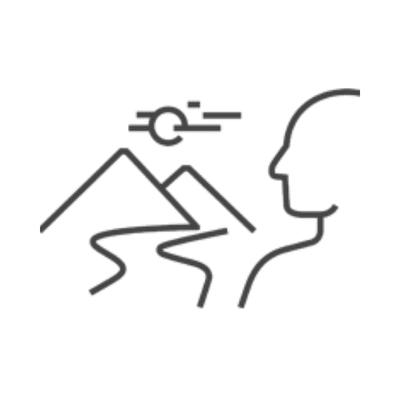
Tribal Communities
Tribal communities can be defined as distinct groups of Indigenous peoples within Native American and First Nations populations, characterized by their own cultural, social, and political structures. These communities have faced historical oppression and continue to strive for health equity and racial justice through the empowerment and centering of their voices.
Explore More on Community Commons
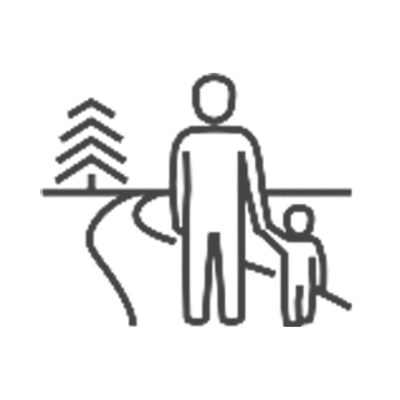
Rural Communities
Rural communities can be defined as geographic areas with lower population density where a significant portion of the population resides. These communities face health disparities due to factors such as geographic isolation, limited access to healthcare services, higher rates of poverty, risky behaviors, and insufficient specialty care, resulting in lower life expectancy and higher mortality rates from preventable illnesses.
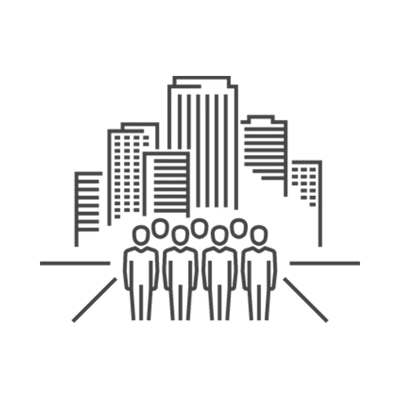
Urban Communities
Urban communities are generally defined as areas with high population density, with the US Census Bureau qualifying an urban area as a territory encompassing at least 2,000 housing units or with a population of at least 5,000. Urban communities experience unique challenges and health disparities due to limited access to green space and fresh, nutritious food, densely-packed populations, and increased exposure to air and noise pollution, among others.

Suburban Communities
In general, suburban areas are lower density areas that separate residential and commercial areas from one another. Though suburban populations, on average, are more educated, have higher life expectancy, and are more likely to have health insurance, these communities still have unique health challenges. Sprawl, a development pattern common in the suburbs, results in low street connectivity and homes, workplaces, and shopping centers that are separated from each other. Sprawl can be linked to decreased physical activity, increased risk of traffic accidents and injuries, and reduced social interaction, all of which affect the health of suburban communities.
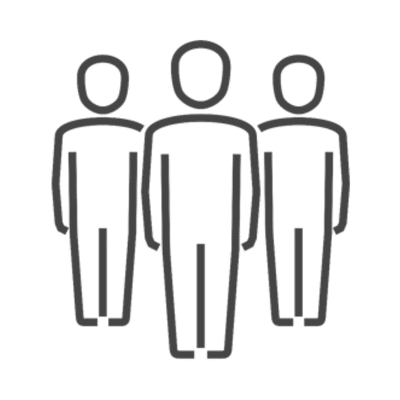
General Population
General population refers to the generalized or overall population. It serves as a contrast to priority population groups, such as those on this page, that are considered separately.
Explore More on Community Commons
Suggest Content
Help us grow the Health Impact Assessment content library. Suggest a health impact assessment, or another resource for inclusion. Complete the form below and our team will review your submission.



